

|
Common Name: Magnolia
The original parent tree of this cultivar was 42 feet tall in 1997. This cultivar will probably remain smaller than most and will grow slower than many other magnolia cultivars. This makes it well suited for maintaining as a tall hedge.
Southern Mag...
|

|
Common Name: Apple Tree
...
|
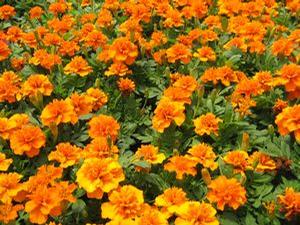
|
Common Name: Marigold
Solid yellow, solid orange and many bicolor varieties. Great companion plant, great for bright borders and great for pollinators. ... |

|
Common Name: African Marigold
Spectacular large double blooms. Compact plant with strong stems and good branching producing many blooms. Great for pollinators. Bright and vibrant blooms. ... |

|
Common Name: Million Gold Melampodium
Vigorous and free flowering yellow daisy-like flowers on light green foliage. Wonderful uniformity and color punch....
|

|
Common Name: Peppermint
Used in flavoring drinks and cooking. Very aggressive....
|
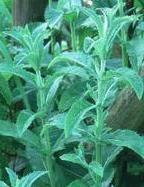
|
Common Name: Spearmint
Narron, pointed leaves of bright green. Used in teas and min sauces. Low growing and vigorous. Do not place near slow-growing or weak-habited plants. ...
|

|
Common Name: Mojito
As per its name, Mojito mint is a key ingredient in authentic mojitos. Zelty flavor. ... |
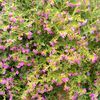
|
Common Name: Mexican Heather
Green spiky branches covered in purple or white floret type flowers. Wonderful addition to any garden or container. ... |
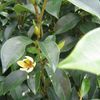
|
Common Name: Banana Shrub
Wonderful in flower. Flowers are extremely fragrant but are susceptible to cold damage in hardiness zone 8. Banana Shrub is a dense, upright, evergreen shrub. It has lustrous, dark green foliage with brown hairs on the underside. Brown hairs cove...
|

|
Common Name: Bee Balm
Bee Balm has a beautiful and unique flower. This perennial is very easy to grow and will spread by producing seed as well. The flower draws in pollinators and even hummingbirds. The leaves of Bee balm can be used to make Tea and the flowers are be... |

|
Common Name: Muhly Grass
Muhlenbergia is native to the eastern coastal areas and southwest United States,and Mexico. The foliage of this grass is three to five feet tall, blue-green in color. The beautiful pink plumes appear in September. Very drought tolerant. Grows well in...
|

|
Common Name: Musa Zebrina Rojo
This plant has the most attractive green and red mottling on the top and solid maroon coloring on the bottom of the leaves. A STUNNING addition to any landscape and will do well in containers. The stem is completely red. You can't miss this! Defin...
|

|
Common Name: Nandina
Nandina in partial shade but will exhibit richer-colored red fall foliage if planted in the sun. Foliage diseases will be less in full sun. Although tolerant of drought once established, rich soil and ample moisture will produce a lusher, better-look...
|
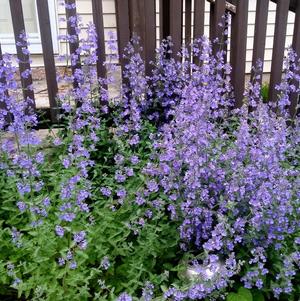
|
Common Name: Catmint
Catmint is used as a groundcover and also for borders and edging. Also makes a nice stand alone plant or does well planted in groupings. Fragrant foliage and produces tall upright flower spires with lavender colored flowers. Pollinators love it. C... |

|
Common Name: Black Gum
An attractive deciduous tree with a pyramidal growth habit and bright orange or red fall color. ... |

|
Common Name: Sweet Basil
Our most popular herb. Used for all sorts of culinary purposes. Can be eaten raw or cooked. Great compliment to tomato dishes, stir frys and italian food....
|

|
Common Name: Dwaft Purple Basil
All basils make tasty flowers, making them attractive, and tasty, for salads, drinks or garnishes....
|

|
Common Name: Clemson Spineless Okra
6" spineless pods....
|

|
Common Name: Italian Oregano
Italian Oregano (Common Oregano). A slightly sprawling plant habit with dark green, peppery flavored leaves. Used in salads and to flavor meats and sauces....
|

|
Common Name: Greek Oregano
Greek Oregano is one very spicy herb. Origanum vulgaris hirtum is the true Greek Oregano with flavor so intense it numbs the end of your tongue when fresh, and like all culinary oreganos, the flower of Greek Oregano is white. Chefs seem to prefer th...
|

|
Common Name: Osmanthus Fragrans
This large evergreen shrub or small tree is capable of reaching 20 to 25 feet in height and width but is most often seen at 10 to 12 feet high with an 8-foot-spread. Older plants grow as wide as tall and develop a vase shape with several main trun... |
|
|




